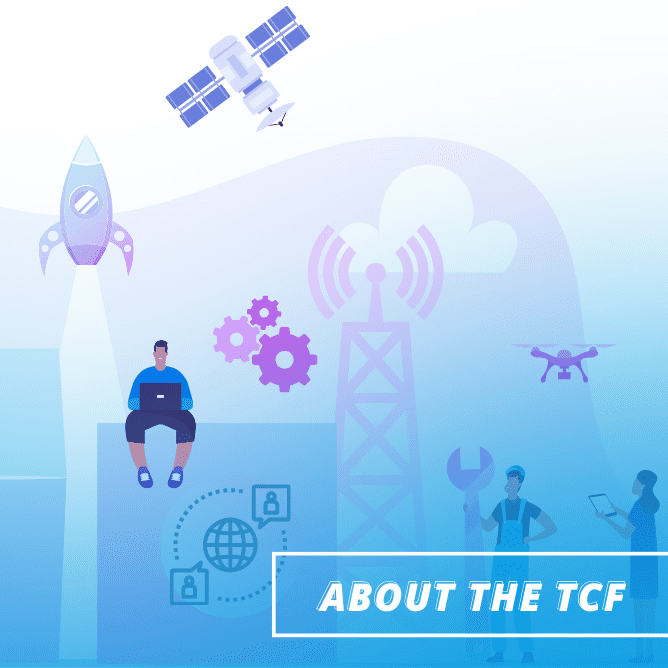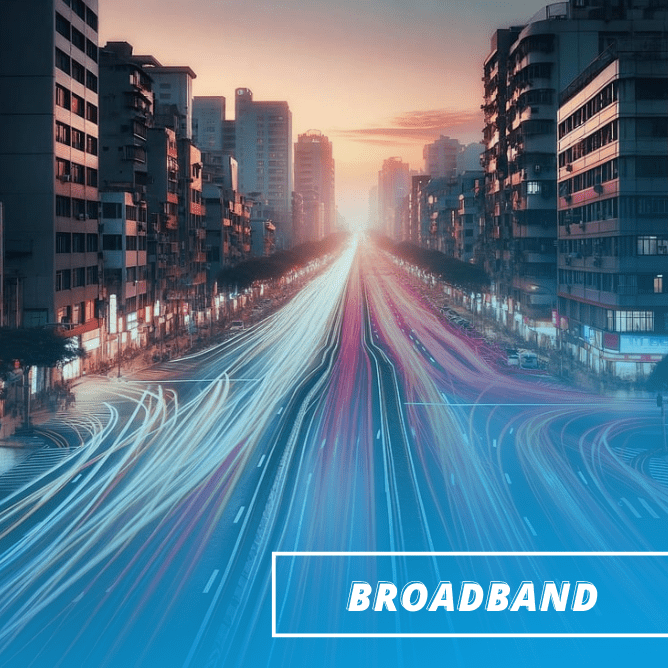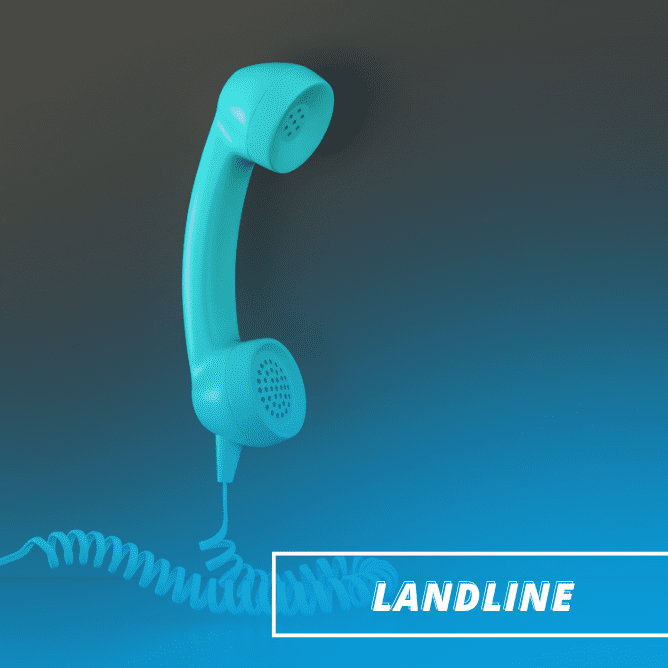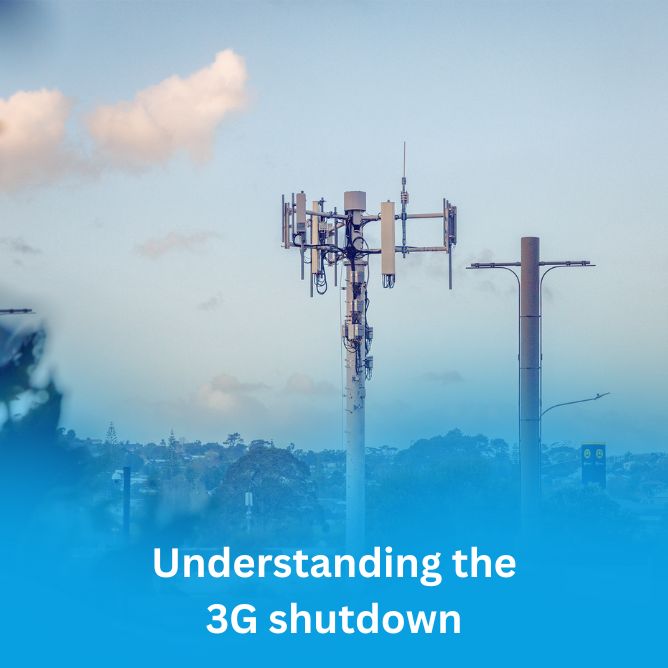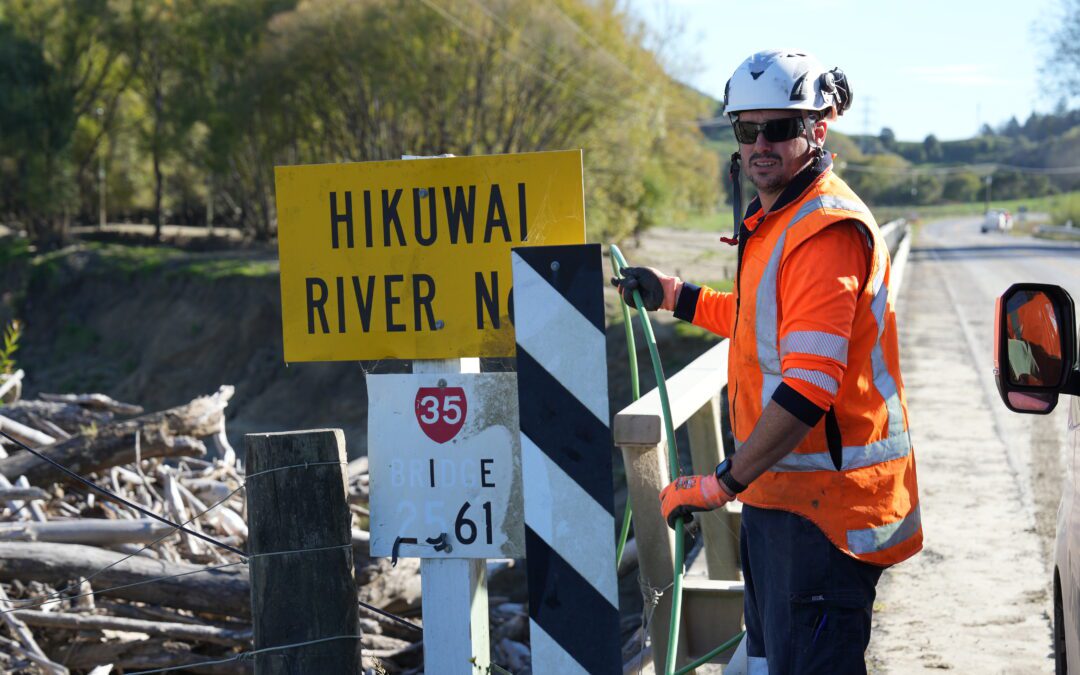We see this a lot in the tech landscape and I’m not surprised. Change has been constant for most of our lives in a way that would be hard to explain to any other generation in history.
I get calls from older customers who are appalled that the way their telephone system works is going to change and they don’t want a bar of it. Often these people just use their phones to make voice calls and have no interest in the internet, which they firmly believe is full of cat videos and people trying to steal their money. (just joking)
Douglas Adams famously said anything that was around when you were born is considered natural and the normal way of life, anything that was invented before you hit your 30s is new and exciting, but anything that comes along after the age of 35 is against the natural order of things. There’s a lot of truth in that.
For a set of customers the reality is the world of text messaging, mobile phones, social media, video stream, Zoom, Teams and all the rest is the stuff of nightmares. It induces anxiety in some and outright panic in others. When they’re told their phone is going to be switched over to “an internet phone” they would rather politely decline.
How we connected in the past
When the copper lines were first laid down in New Zealand to form the backbone of the telephone network it was done with one service in mind: voice. Up to the 1980s this often involved mechanical exchanges and in some remote parts of the country even staff on switchboards connecting calls. It was slow and costly and did not scale well.
But that all changed with the introduction of the PSTN (the public switched telephone network) which was the network technology we all used to make a telephone call. This was digital and meant calls could be connected relatively painlessly and, most importantly, with very little cost.
In the 1990s the internet arrived, and suddenly customers weren’t fussed about voice, they wanted to connect their computer via a modem. Dial-up, then entry level broadband (remember JetStream Starter?), then VDSL, then fibre to the home.
How we are connecting into the future
Around the world telcos are moving to provide Voice over IP (VoIP) services instead of PSTN and we’re no different in New Zealand. Voice is just another service being offered over the networks and unfortunately that means it’s becoming increasingly difficult to find parts, or technicians to install the parts, for the PSTN.
Both Spark and Vodafone are letting customers know that they’re moving over to VoIP services and that will require some changes, even for customers who only want to make voice calls. It means there will be an extra bit of kit to consider (the router or modem) and the phones might be different if you’ve got a very old handset, and yes you’ll need to figure out what to do if the power goes out as all that equipment needs electricity to run.
Simple steps for change
For elderly customers in particular all of this is very unsettling. To try to help, the telcos and the TCF, in conjunction with the Commerce Commission, are putting together an explainer of what’s going on and what it all means. We’ll be taking this information out to community groups around the country to provide some guidance on what is and isn’t happening. We will be communicating the changes and the simple steps people can take to ensure their phone and broadband can be upgraded to this new technology with little fuss.
The reality is there’s no going back to the old way of doing things. Internet access, mobile phones, high speed broadband – these are all modern requirements that simply can’t be offered over aging technology. New Zealand has some of the best networks in the world and demand is ever increasing. With fibre, fixed wireless services over 5G and now low-earth orbit satellite, broadband services are almost ubiquitous across the land, and still demand for more grows.
Change is inevitable, but it doesn’t have to be scary.

